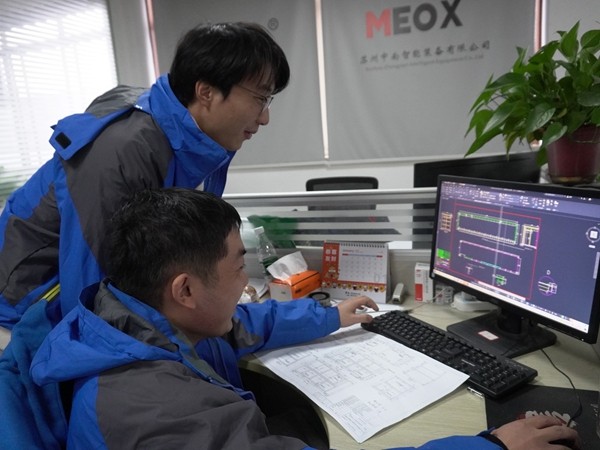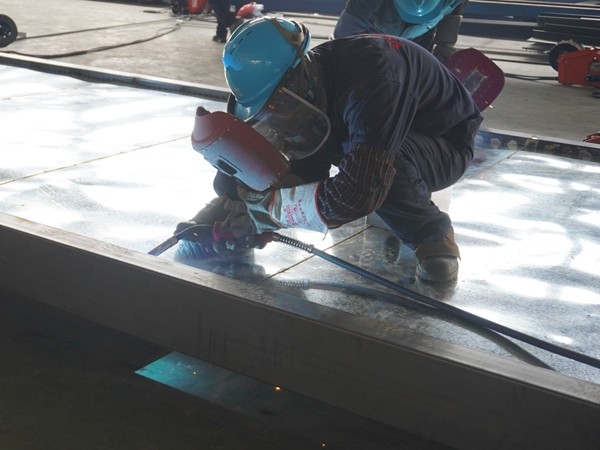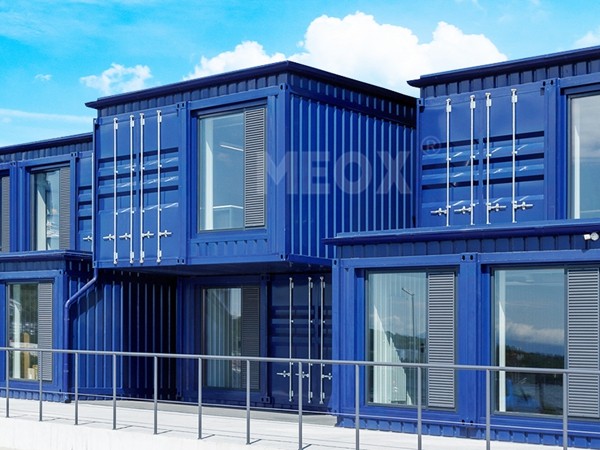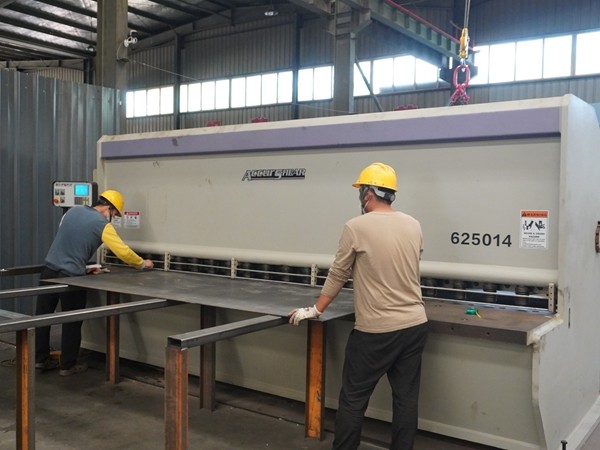Designing a shipping container commercial kitchen presents a unique opportunity to merge sustainability with functionality, offering innovative solutions for restaurateurs seeking efficient and modern setups. Such kitchens, constructed out of repurposed shipping containers, stand out as cost-effective, customizable, and eco-friendly options for urban areas with limited space or for those aiming to reduce their environmental footprint.

A shipping container commercial kitchen typically involves converting a standard 20-foot or 40-foot container into a fully operational kitchen. The process begins with choosing the right container that suits the needs of the intended operations. Containers should ideally be certified for structural integrity, ensuring they can support necessary modifications like doors, windows, and ventilation systems. The next step requires careful planning to optimize the internal layout for space and efficiency. For example, the typical linear arrangement can help maximize the narrow width of a container. This layout places all kitchen appliances and stations along one or both walls, allowing smooth workflow for food preparation and cooking processes.
The expertise in crafting a container kitchen lies in the ability to equip it with professional-grade appliances that meet sanitation and safety standards without cluttering the space. Equipment such as compact refrigerators, combination ovens, and efficient ventilation systems need to be strategically positioned. Using energy-efficient appliances not only contributes to environmental efforts but also reduces operational costs, a crucial factor for small businesses.

Moreover, attention must be paid to insulation and ventilation, which are critical given the steel structure of containers. Proper insulation helps in maintaining a consistent temperature, crucial for both food safety and the comfort of kitchen staff. Advanced ventilation solutions are required to remove excess heat and odor, which can accumulate in the confined space of a container kitchen. Installing a high-quality HVAC system ensures the environment stays comfortable and safe, vital for staff productivity and compliance with health regulations.
To further improve operational efficiency and sustainability, adopting smart technology is advisable. Appliances with IoT capabilities allow for remote monitoring and control of kitchen environments, predictive maintenance, and energy management. This technology provides valuable data analytics, which can help streamline operations and reduce energy consumption.shipping container commercial kitchen plans
Trustworthiness and authoritativeness in a shipping container commercial kitchen plan come from adhering to local building and health codes. Engaging experienced architects and kitchen planners who understand the nuances of converting containers into kitchens can ensure compliance with local regulations. It’s crucial to secure the necessary permits and inspections, which adds credibility and legality to the kitchen project.
Community engagement is an additional advantage of container kitchens. Locally sourcing materials and labor for construction and design fosters community trust and supports the local economy. Furthermore, many businesses that adopt container kitchens engage in sustainable practices, like recycling water and using solar panel energy systems, enhancing their reputation and appeal to eco-conscious consumers.
As demand grows for flexible and sustainable commercial spaces, shipping container commercial kitchens have gained attention internationally. These innovative kitchens deliver not only on cost-effectiveness and environmental responsibility but also bring a modern aesthetic and functionality to the foodservice industry. Restaurateurs, chefs, and entrepreneurs armed with the right expertise can leverage these benefits to create thriving culinary enterprises that resonate with contemporary values.
In conclusion, a shipping container commercial kitchen plan offers an exciting blend of innovation, efficiency, and sustainability. By focusing on expert design, adherence to regulatory standards, and integration of smart technologies, we can transform a simple container into a state-of-the-art culinary workspace that embodies trust, authority, and unmatched utility. This approach not only enhances operational performance but also aligns with the broader aims of modern gastronomy—embracing sustainability while delivering exceptional culinary experiences.






